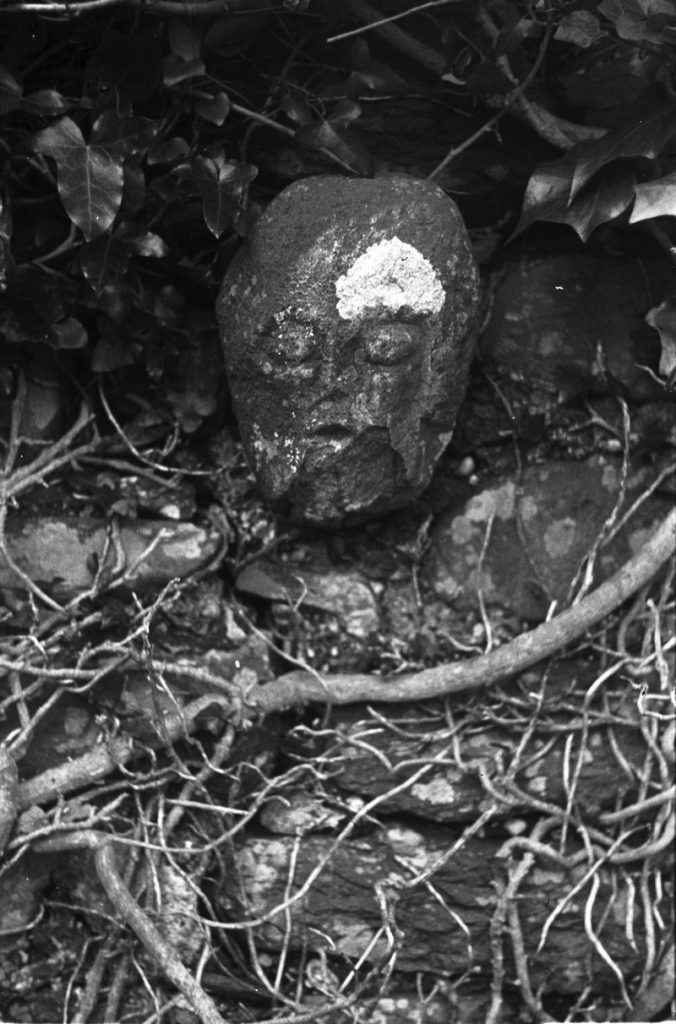
In the 1930s, schoolchildren in Ireland set out to write down local folklore, history, and mythology, like the story of Crom Dubh. Ireland’s National Folklore Collection has now put a massive collection of these Irish folktales and oral history online.
Approximately 740,000 pages (288,000 pages in the pupils’ original exercise books; 451,000 pages in bound volumes) of folklore and local tradition were compiled by pupils from 5,000 primary schools in the Irish Free State between 1937 and 1939.
This collecting scheme was initiated by the Irish Folklore Commission, under the direction of Séamus Ó Duilearga and Séan Ó Súilleabháin … For the duration of the project, more than 50,000 schoolchildren from 5,000 schools in the 26 counties of the Irish Free State were enlisted to collect folklore in their home districts. This included oral history, topographical information, folktales and legends, riddles and proverbs, games and pastimes, trades and crafts. The children recorded this material from their parents, grandparents, and neighbours.
Read some of the stories (and admire the handwriting) at The Editors’ Picks, or search the entire Schools’ Collection.
